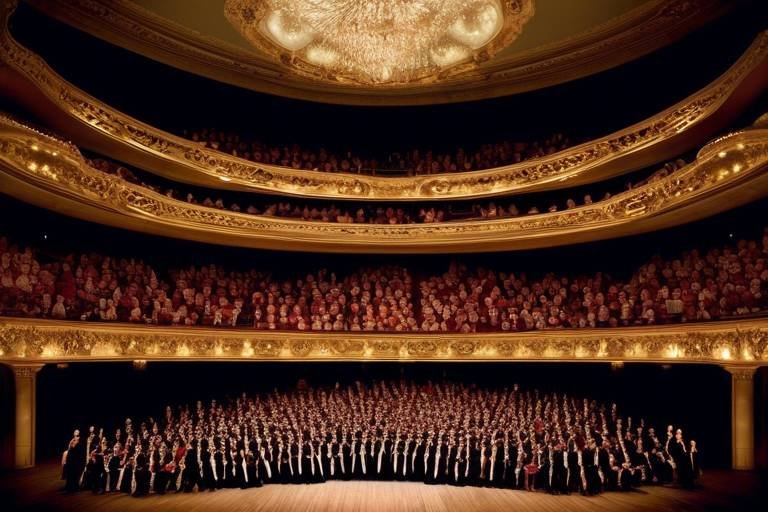The Relationship Between Art and Science in Ancient Cultures
Art and science have always shared a unique bond in ancient cultures, intertwining to create a tapestry of innovation and creativity that shaped the very essence of civilizations. The fusion of artistic expression and scientific inquiry laid the foundation for monumental advancements in cultural and technological realms, leaving a lasting legacy that continues to inspire and intrigue us today.
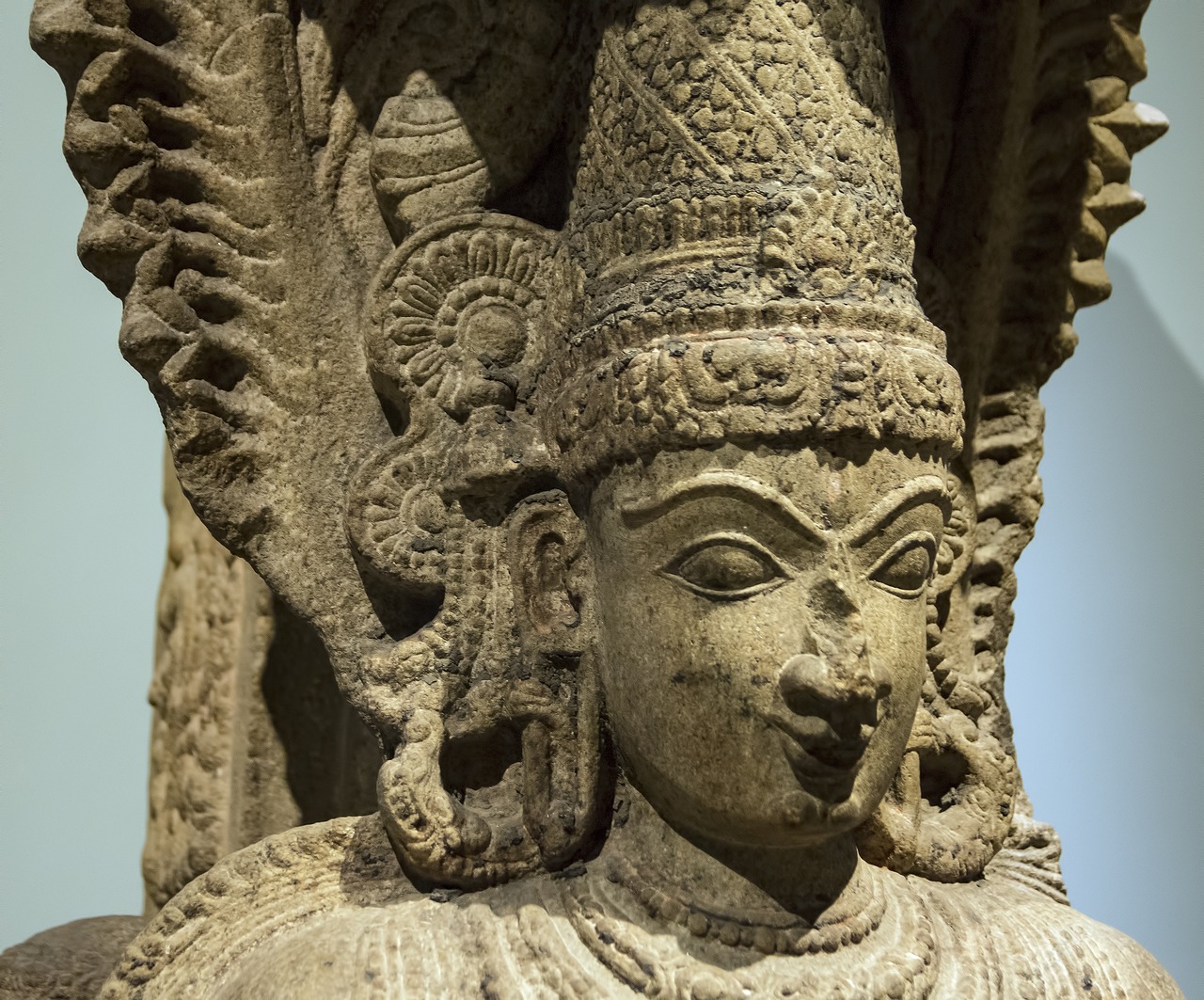
Ancient Artistic Techniques
Ancient Artistic Techniques in various ancient cultures were not only a means of creative expression but also a reflection of the scientific knowledge and innovation of their time. These civilizations, such as the Egyptians, Greeks, and Romans, employed a variety of methods to create their art, incorporating scientific principles into their artistic practices.
One notable technique used by ancient artists was the lost-wax casting method, which allowed for the creation of intricate metal sculptures. This technique involved creating a wax model of the desired sculpture, encasing it in clay, and then melting the wax to leave a mold for the molten metal. The precision and detail achieved through this method showcase the advanced understanding of materials and processes in ancient art.
Furthermore, ancient artists often experimented with pigments and dyes derived from natural sources, such as plants, minerals, and insects. The use of natural pigments not only added vibrant colors to their artwork but also demonstrated their knowledge of chemistry and the properties of different substances.
In addition to materials and techniques, ancient artists also honed their skills in perspective and proportion, drawing inspiration from mathematical concepts to create realistic and harmonious compositions. The application of geometric principles in artwork, such as the use of the golden ratio, exemplified the intersection of art and mathematics in ancient cultures.
Moreover, the integration of symbolism and storytelling in ancient art reflected not only the cultural beliefs and values of the time but also the scientific understanding of the world. For instance, the depiction of celestial bodies and mythical creatures in art served as a means to convey complex ideas about the universe and human existence.
Overall, the artistic techniques employed by ancient civilizations were deeply intertwined with scientific knowledge, demonstrating the profound connection between art and science in shaping cultural expression and technological advancements.
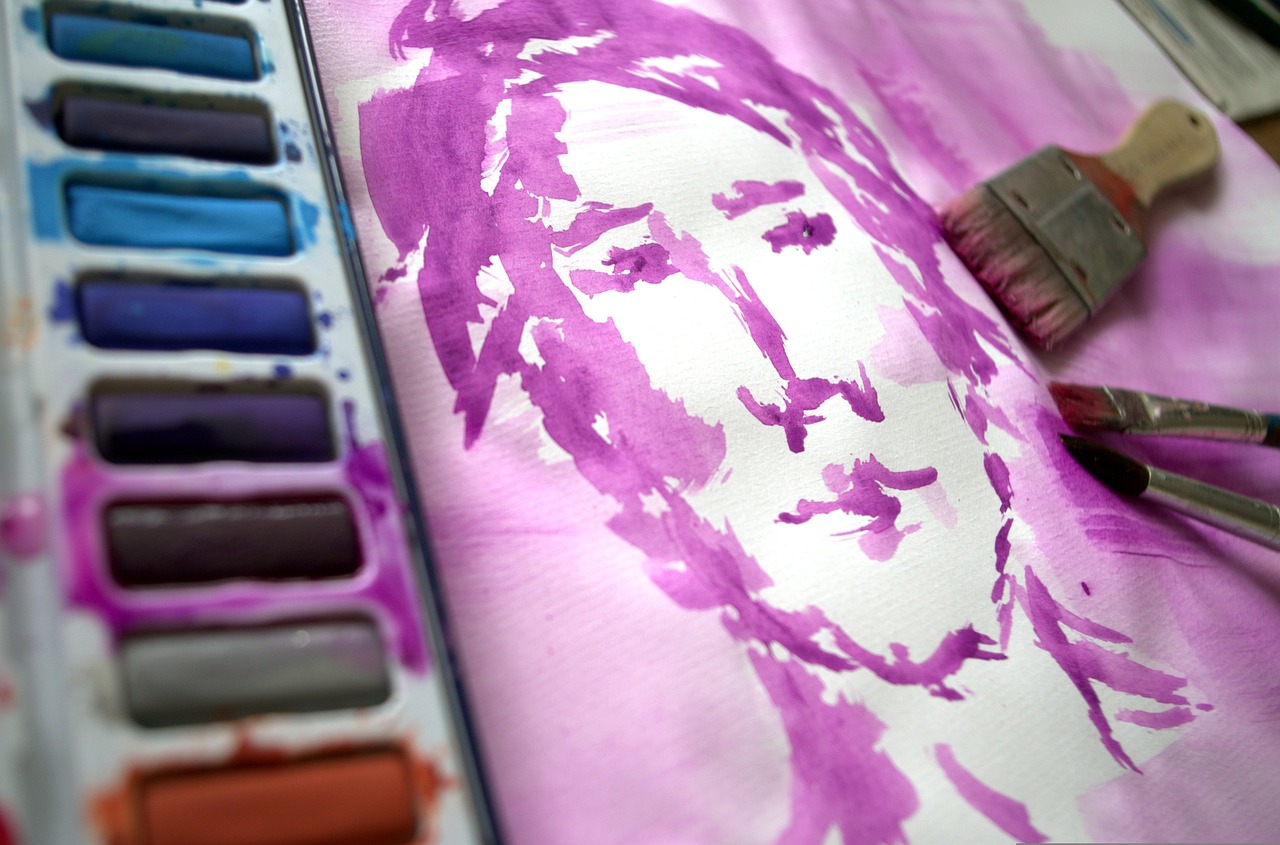
Astronomy in Art
The relationship between astronomy and art in ancient cultures was profound, with civilizations intertwining celestial knowledge with artistic expressions in remarkable ways. Ancient artists often incorporated astronomical observations and beliefs into their creations, infusing their artworks with a deeper cosmic significance. By aligning structures with celestial events, they not only showcased their understanding of the heavens but also imbued their art with a sense of connection to the universe.
One fascinating aspect of astronomy in ancient art was the use of cosmological symbolism. Through intricate depictions of stars, planets, and constellations, artists conveyed profound symbolic meanings that reflected the culture's beliefs about the cosmos. These celestial motifs were not merely decorative but served as conduits for conveying spiritual and philosophical truths, offering viewers a glimpse into the ancient worldview.
Moreover, the integration of astronomy and art often extended to the portrayal of celestial bodies in geometric relationships. Ancient cultures utilized mathematical concepts and geometric principles to create harmonious and aesthetically pleasing artworks that mirrored the order and beauty found in the cosmos. The precise alignment of structures with astronomical phenomena not only showcased the technical skill of the artists but also highlighted their reverence for the celestial realm.
By exploring the intersection of astronomy and art in ancient cultures, we gain a deeper appreciation for the interconnectedness of these disciplines and the profound impact they had on shaping the cultural and artistic landscape of the past. The celestial motifs and cosmological symbolism found in ancient artworks continue to captivate and inspire us, serving as a testament to the enduring legacy of the artistic and scientific achievements of our ancestors.

Cosmological Symbolism
When delving into the realm of ancient art, one cannot ignore the profound embedded within these masterpieces. Ancient cultures intricately weaved their understanding of the cosmos into their artistic creations, infusing them with layers of symbolic meaning that transcended mere aesthetics.
Imagine standing before a mural adorned with celestial bodies, each star and planet meticulously placed to convey a deeper message about the universe. These ancient artists were not just painters; they were philosophers, astronomers, and storytellers, using their art to communicate profound truths about the nature of existence.
Through the lens of cosmological symbolism, we can decipher the intricate tapestry of meanings behind seemingly simple depictions. The alignment of a temple with the solstice, the representation of constellations in a mosaic – each stroke of the brush or chisel held a significance beyond its visual appeal.
One can draw parallels between the cosmic order reflected in these artworks and the societal structures of the time. Just as the stars followed a predetermined path in the heavens, so too did ancient civilizations adhere to a cosmic order that governed their beliefs, values, and traditions.
These symbols were not just decorative embellishments but served as a bridge between the earthly realm and the celestial sphere, connecting the mundane with the divine. They invited contemplation, sparking a sense of wonder and awe in those who beheld them, prompting questions about humanity's place in the grand scheme of the cosmos.
As we unravel the layers of in ancient art, we embark on a journey of discovery, peering into the minds of our ancestors and gaining insight into their profound connection to the universe. Each symbol, each motif, is a thread in the rich tapestry of human history, weaving together art and science in a harmonious dance of creativity and knowledge.
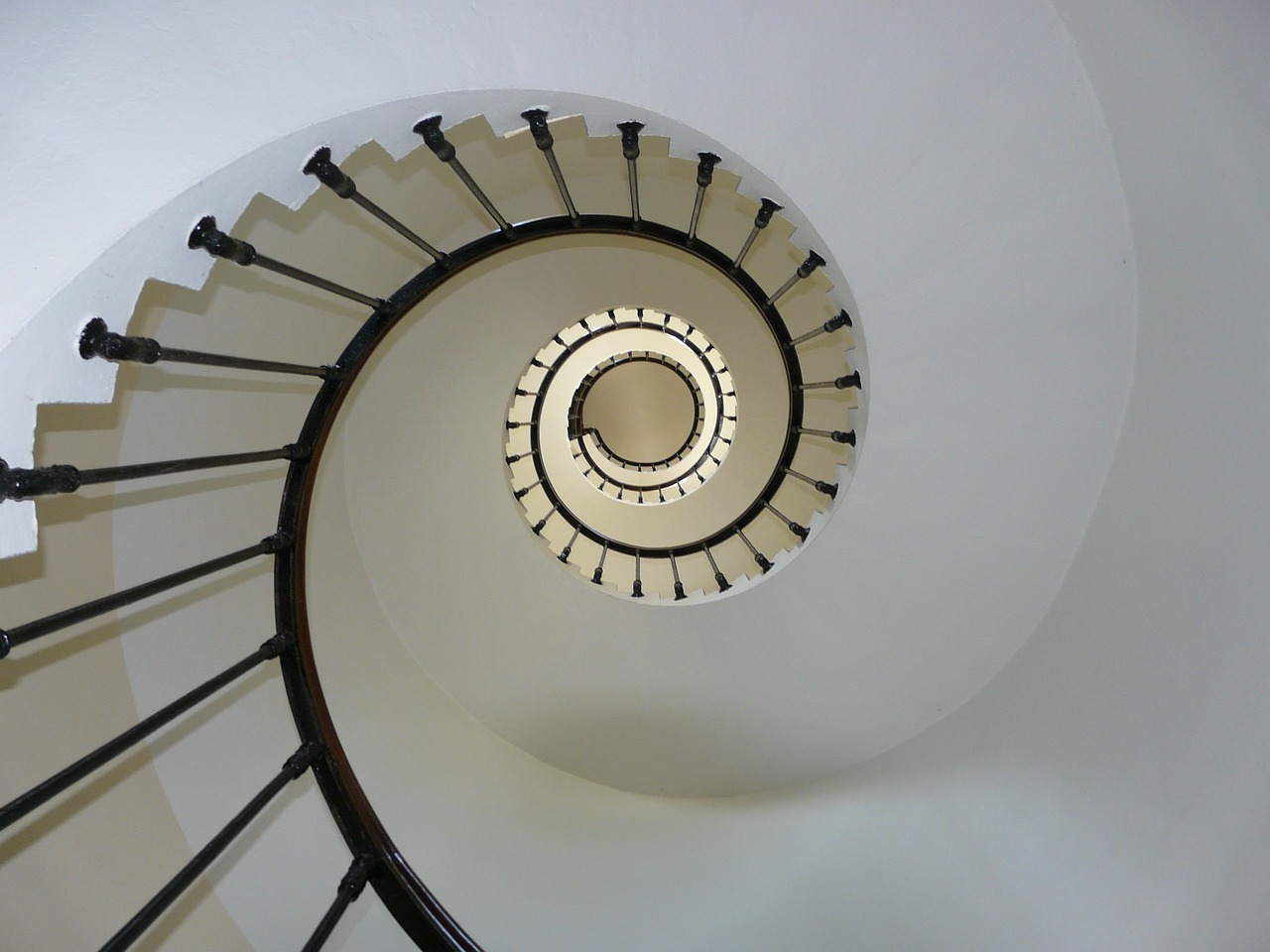
Mathematics and Geometry
Mathematics and geometry played a crucial role in the artistic and architectural achievements of ancient civilizations. The intricate designs and precise measurements found in their artwork and structures showcase a deep understanding of mathematical concepts and geometric principles. These ancient cultures utilized mathematics not only for practical purposes but also as a form of artistic expression, blending beauty with precision.
One of the remarkable aspects of ancient art is the incorporation of geometric patterns and mathematical ratios in their creations. From the symmetry of Greek pottery to the complex mosaics of Roman architecture, mathematics was at the core of their artistic endeavors. These geometric designs were not merely decorative but held symbolic meanings and represented the harmony and order believed to govern the universe.
Ancient artists and architects applied mathematical principles such as the Golden Ratio and Fibonacci sequence to achieve aesthetically pleasing proportions in their works. The precise alignment of structures, the symmetry of sculptures, and the intricate patterns in textiles all demonstrate the intricate relationship between mathematics and art in ancient cultures.
Furthermore, geometry played a significant role in the construction of monumental structures like the pyramids of Egypt and the temples of Mesopotamia. The use of geometric shapes and measurements in these architectural marvels not only showcased the advanced engineering skills of these civilizations but also reflected their belief in the divine order of the universe.
By understanding the mathematical and geometric intricacies of ancient art and architecture, we gain insight into the sophisticated knowledge and creative ingenuity of these early societies. The fusion of mathematics and art in their cultural expressions not only produced visually stunning masterpieces but also laid the foundation for future advancements in both fields.
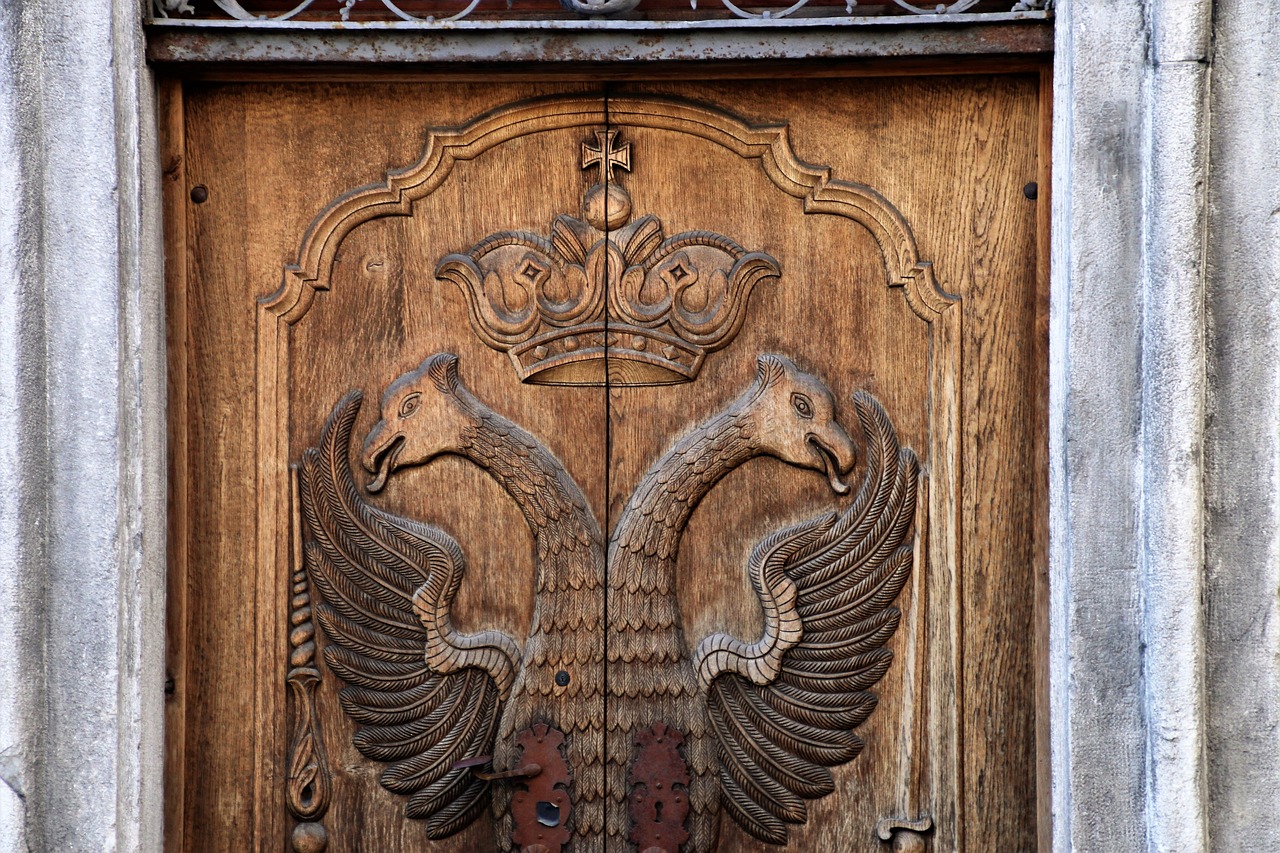
Sacred Geometry
Sacred Geometry holds a profound significance in ancient art, representing more than just geometric patterns. It delves into the spiritual and philosophical realms, where shapes and proportions are believed to convey universal truths. In ancient cultures, such as the Egyptians and Greeks, geometric symbols like the Golden Ratio were revered for their divine properties. These mathematical constructs were not merely decorative elements but were thought to embody the very essence of creation itself.
Imagine walking through a temple adorned with intricate geometric designs, each line and curve carefully calculated to evoke a sense of harmony and balance. These patterns were not random but based on precise mathematical principles that reflected the interconnectedness of the universe. The use of sacred geometry in art was a way for ancient civilizations to express their understanding of the cosmos and their place within it.
One fascinating aspect of sacred geometry is its role in architecture. Buildings and structures constructed with geometric precision were believed to resonate with cosmic energies, creating a sacred space that harmonized with the natural world. The intricate patterns found in ancient temples and tombs were not just decorative embellishments but representations of cosmic order and spiritual enlightenment.
Furthermore, sacred geometry was not limited to two-dimensional art but also extended to three-dimensional sculptures and monuments. The use of geometric shapes and proportions in statues and monuments symbolized the eternal nature of the divine and the interconnectedness of all living beings. Each angle and curve was imbued with symbolic meaning, inviting viewers to contemplate the mysteries of existence.

Medicine and Anatomy
Exploring the fascinating intersection of medicine and anatomy in ancient art provides a glimpse into the advanced knowledge and skills possessed by ancient civilizations. Through intricate depictions and detailed artworks, these cultures showcased their understanding of the human body and medical practices, highlighting the close relationship between science and art.
Ancient artworks often depicted medical procedures, showcasing the surgical techniques and healing practices of the time. These representations not only served as visual records of medical knowledge but also as a form of artistic expression, blending the practical aspects of healthcare with the creativity of artistic interpretation.
Furthermore, anatomical accuracy in ancient art reflected the deep understanding of human anatomy possessed by these cultures. Detailed sculptures and illustrations of the human body demonstrated a level of precision and anatomical knowledge that was ahead of its time, emphasizing the importance of anatomy in both medical and artistic contexts.
Moreover, the use of medical artifacts in ancient art provided insight into the healing practices and beliefs of these civilizations. From medical instruments to symbolic representations of healing deities, these artifacts not only served practical purposes but also carried spiritual and cultural significance, illustrating the holistic approach to healthcare in ancient societies.
In conclusion, the depiction of medicine and anatomy in ancient art not only highlights the advanced scientific knowledge of these cultures but also showcases the artistic creativity and cultural significance of medical practices. The intricate relationship between medicine and anatomy in ancient art serves as a testament to the interconnectedness of science and art in shaping the understanding of the human body and the practice of healthcare.

Healing Artifacts
Healing artifacts in ancient cultures hold a profound significance, serving as a bridge between artistry and medicinal practices. These artifacts not only showcase the artistic skills of the civilization but also reflect their understanding of healing and well-being. From intricately carved amulets believed to ward off illness to elaborate medical tools used in treatments, healing artifacts provide a glimpse into the intersection of art and science in ancient societies.
A common theme among healing artifacts is the incorporation of symbolic elements believed to possess healing properties. For instance, ancient Egyptian scarab amulets symbolized rebirth and protection, often worn to ward off diseases and ensure good health. Similarly, Greek votive offerings in the shape of body parts were dedicated to healing deities as a form of gratitude for recovery from ailments.
Moreover, the craftsmanship of healing artifacts often reflected the advanced knowledge of anatomy and medical practices in ancient cultures. Intricately designed surgical instruments found in archaeological sites demonstrate the precision and skill of ancient physicians. These artifacts not only served practical purposes but also held symbolic meanings, emphasizing the connection between physical healing and spiritual well-being.
Additionally, healing artifacts were intricately linked to religious beliefs and rituals, showcasing the spiritual aspect of medicine in ancient societies. Talismans and charms adorned with religious symbols were believed to harness divine powers for healing purposes. The intricate engravings and inscriptions on these artifacts conveyed prayers and invocations for health and protection, highlighting the spiritual dimension of healing practices.
Overall, healing artifacts in ancient cultures exemplify the harmonious blend of art and science, where creativity and technical knowledge intersected to promote well-being and healing. These artifacts not only serve as tangible links to the past but also offer insights into the holistic approach to health and medicine in ancient civilizations.

Technological Innovations
Technological innovations in ancient cultures were not just limited to artistic expressions but also extended to practical applications that revolutionized their societies. One remarkable example is the invention of the wheel by Mesopotamian civilizations, which transformed transportation and trade. The precision engineering of Roman aqueducts showcases their advanced understanding of hydraulics and materials, enabling the efficient distribution of water across vast distances. Additionally, the development of Chinese papermaking and the invention of the printing press by Johannes Gutenberg in the 15th century were pivotal technological advancements that significantly impacted communication and knowledge dissemination.
Frequently Asked Questions
- What is the significance of the relationship between art and science in ancient cultures?
The relationship between art and science in ancient cultures was vital in shaping cultural and technological advancements. Artistic techniques were influenced by scientific principles, resulting in innovative methods that reflected the society's understanding of the world.
- How did ancient civilizations incorporate astronomy into their art?
Ancient civilizations integrated astronomical knowledge into their artistic representations by aligning structures with celestial events. This practice not only showcased their understanding of the cosmos but also served as a symbolic connection to the universe.
- What role did mathematics and geometry play in ancient art and architecture?
Mathematical concepts and geometric principles were essential in ancient art and architecture, demonstrating precision and sophistication in design. Sacred geometry, in particular, held spiritual and philosophical significance, conveying universal truths through intricate patterns.
- How did ancient cultures combine medicine and anatomy with art?
Ancient art often depicted medical practices and anatomical knowledge, showcasing the intersection of science and art in understanding the human body. Healing artifacts served as a testament to the integration of healing techniques with artistic expression.
- What technological innovations resulted from the collaboration between art and science in ancient societies?
Ancient cultures combined artistic creativity with scientific knowledge to develop innovative technologies that shaped their societies. These advancements not only improved daily life but also reflected the ingenuity and ingenuity of ancient civilizations.















